
I remember flow states, during times of stress in the airplane, when time slows down just a bit—enough to help me manage a given situation deliberately and appropriately.
THERE IS NO FLOW TODAY.
Flashing back to two days ago, I recall a comment that has lodged in my mind, and I work hard to apply those words to the situation at hand: “It’s just a position in the sky that you have to deal with.”
So says Mike Burke, instructor for Prevailance Aerospace in Chesapeake, Virginia, as we’re finishing up the first ground session of a threeday upset-prevention-and- recovery training course that I’ve signed on to; UPRT trains pilots to recognize and recover from unusual attitudes and aircraft upsets. We would be preparing to head out to the airplane to start into it, except for the scuds of what was once Hurricane Isaias trudging across the airport.
The syllabus calls for three instructional sessions, each followed by an hourlong flight in one of the school’s Extras—a 330 or 330LX. Fortunately, I’m in a class of one, and the training is designed to flex for just such occasions because the UPRT flights need to be flown in good VFR conditions, with enough ceiling, visibility and cloud clearance for the tasks ahead.
We soldier ahead through the second ground session. By the time we begin tackling the third, the weather has cleared to CAVU. Vanessa Christie, founder and president of Prevailance Aerospace, helps me strap into the seat-pack parachute we’re required to wear for the aerobatic maneuvers ahead. Though I’ve put on my own pack dozens of times, the company takes the extra precaution of assisting its customers in the move, to ensure that it’s on just as tightly as it needs to be and to help pilots get into the front seat in what may be a relatively unfamiliar situation.
This story is from the December 2020 edition of Flying.
Start your 7-day Magzter GOLD free trial to access thousands of curated premium stories, and 8,500+ magazines and newspapers.
Already a subscriber ? Sign In
This story is from the December 2020 edition of Flying.
Start your 7-day Magzter GOLD free trial to access thousands of curated premium stories, and 8,500+ magazines and newspapers.
Already a subscriber? Sign In
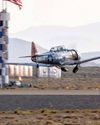
The Temple of Speed
Reno entices even this altitude-oriented pilot.

Flat Sixes
Fanatical artisans
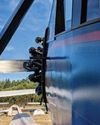
Blue over Green, Tent in Between
I’m old , I’m cranky. Why do I keep air-camping?
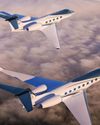
Gulfstream Reveals G400, G800
The product lineup gains large-cabin and ultralong-range mounts.
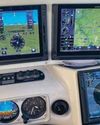
Every Airplane Requires a Checkout
Embrace the challenge of mastering a new machine.
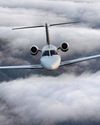
Fuhggedaboutit
Fifty-plus years of f lying forgetfulness
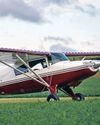
THE MAULE FAMILY APPROACHABLE AIRCRAFT
Choose your mount —the Maules do it all.
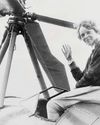
Sisters
“ Women certainly have the courage and tenacity required for long flights.” —Mildred Doran
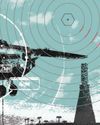
INSIDE OUT OR OUTSIDE IN?
What kind of pilot should you be?
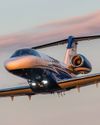
WE FLY: CESSNA CITATION CJ4 GEN2
THE FLAGSHIP CJ JUST GOT A WHOLE LOT BETTER.